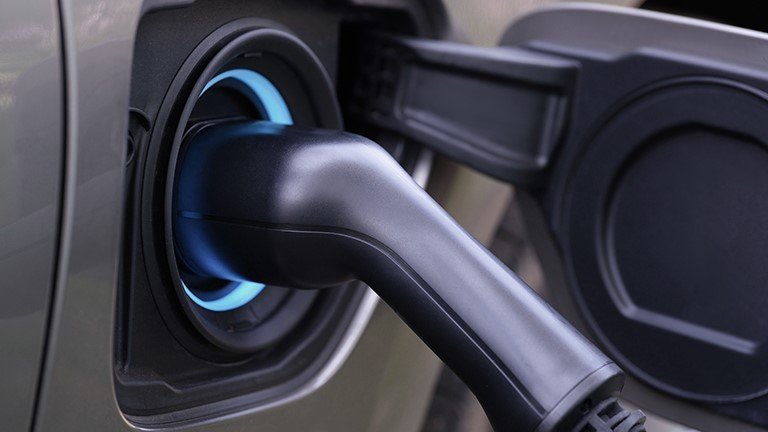According to Bloomberg, this strategic change represents a possible paradigm shift, capitalizing on the abundant and economical nature of sodium to contest lithium’s hegemony in the battery industry.
The Potential of Sodium in Batteries
Sodium, which is widely present in brines and rock ions around the world, has historically been eclipsed by lithium on account of its superior performance and range.
Northvolt AB of Sweden has recently disclosed a noteworthy advancement in sodium battery technology, whereas BYD Co., a Chinese electric vehicle manufacturer, has signed an enormous agreement worth $1.4 billion to establish a sodium-ion battery facility.
Further bolstering this trend, CATL, a Chinese company, had previously announced its intention to implement sodium-based batteries in vehicles as of this year.
Although they have a lower energy density than lithium batteries, sodium-ion batteries find utility in grid-scale energy storage and smaller electric vehicles where size is not a critical factor.
The adoption of sodium may reduce lithium demand by 272,000 tons by 2035, according to estimates by BloombergNEF; if the lithium supply falls short, this reduction could exceed one million tons.
Read More:The Grim Reality: How Fast Food Damage Your Stomach in 2023
Advantages of Sodium Batteries
Sodium batteries demonstrate their true utility in grid-scale energy storage, where cost-effectiveness takes precedence over performance.
According to reports, sodium batteries are now competitive with lithium-ion systems, particularly those utilizing lithium iron phosphate (LFP) cathodes, due to recent developments.
Although LFP-based batteries may not achieve the same level of energy density as cutting-edge technology, their increasing importance can be attributed to their approximately 20% lower cost.
However, there are still ongoing difficulties, specifically in improving the cycle life of sodium cells, which stands at an average of 5,000 cycles at present, in contrast to the lithium products that are more economically viable and endure approximately 7,500 cycles.
It is anticipated that Chinese manufacturers will initially dominate the competitive landscape by capitalizing on their extensive operational capabilities to achieve cost efficiency.
European and American competitors are lagging behind due to their lack of comparable experience in mass-scale sodium or lithium battery production, which confers a competitive advantage in the market.
Amidst this pivotal period of change, the sector continues to prioritize technological progress and market intricacies. The potential for sodium-ion batteries to democratize electric vehicles (EVs) by providing economical alternatives for daily commuting could thus facilitate the democratization of sustainable transportation.



